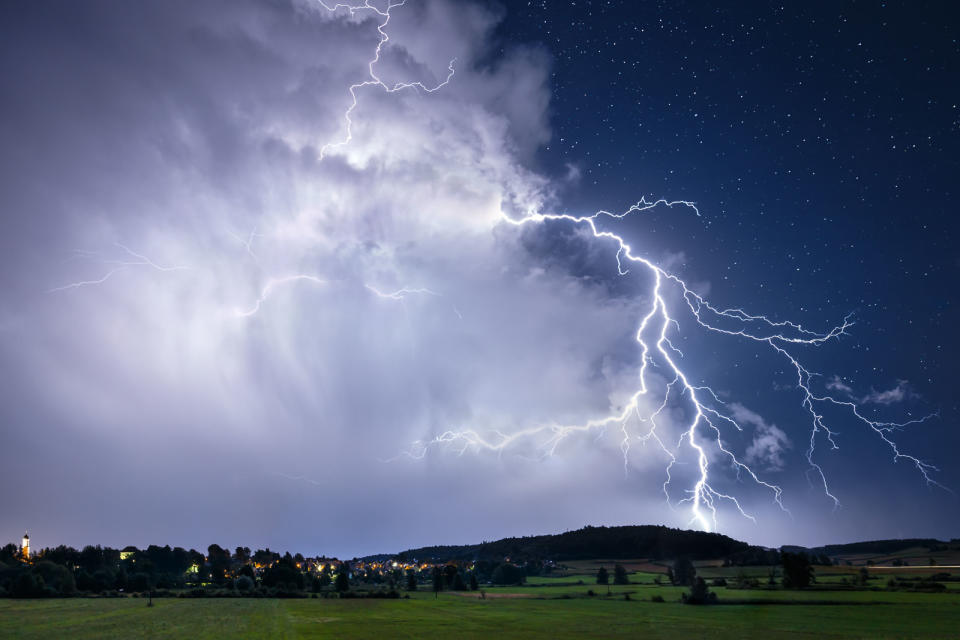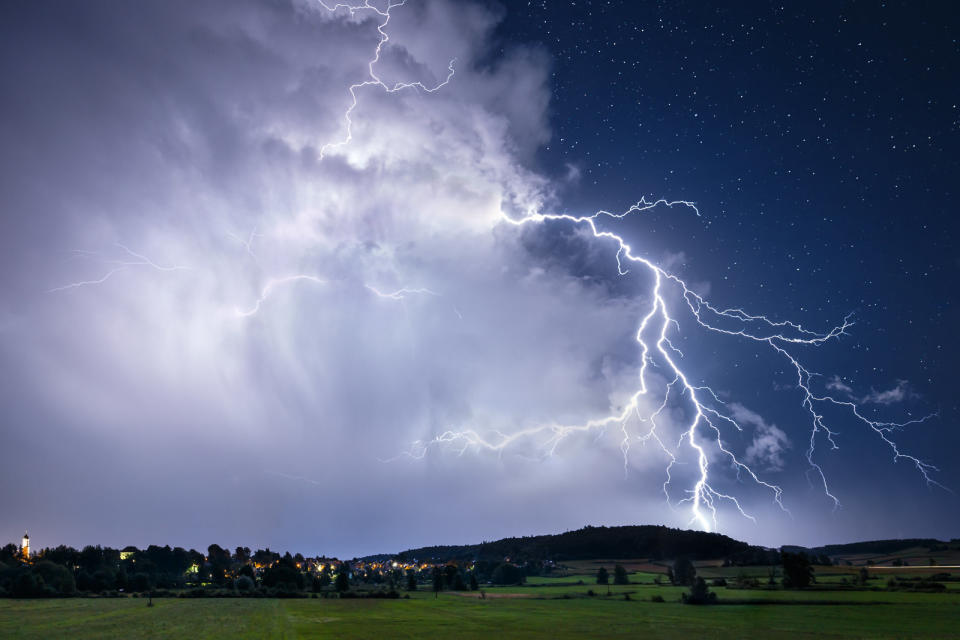IBM is turning to your smartphone to improve weather forecasts
Its new system will use smartphone barometers for high-resolution forecasting.
IBM and its subsidiary The Weather Company are working on a new weather forecasting system, one that they say will boost forecast accuracy quite a bit. It's called the Global High-Resolution Atmospheric Forecasting System, or GRAF, and it will pull data from weather stations, aircraft sensors and smartphone pressure sensors -- a massive amount of information that will be analyzed by the IBM technology that powers the US Department of Energy's powerful Summit and Sierra supercomputers.
"Today, weather forecasts around the world are not created equal, so we are changing that," Cameron Clayton, general manager of Watson Media and Weather for IBM, said in a statement. "Weather influences what people do day-to-day and is arguably the most important external swing factor in business performance. As extreme weather becomes more common, our new weather system will ensure every person and organization around the world has access to more accurate, more finely-tuned weather forecasts."
IBM says GRAF will be able to provide more fine-tuned resolution than current systems can, offering three-kilometer resolutions in places with lots of data. And it will also be able to update forecasts hourly. Additionally, while weather forecasts system around the world vary in accuracy, resolution and frequency of updates, IBM says GRAF will be more consistent worldwide.
While collecting data from people's smartphones may aid in developing more accurate weather forecasts globally, it could trigger privacy concerns, especially since The Weather Company was recently sued by Los Angeles for failing to disclose how users' location data would be used. In that regard, IBM says sharing barometric pressure information would be opt-in for smartphone users.
IBM says GRAF will roll out globally later this year.





